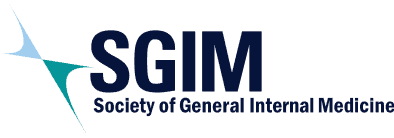If Trust Is to Be the Manner in which We Assess, We Need to Look Inward
This content is an exclusive benefit for SGIM members. If you're a member, log in and you'll get immediate access.
If you're not yet a member, you'll be interested to know that joining not only gives you access to top-notch resources like this one, but also access to members-only events, inclusion in the member directory, participation in professional forums, resources, tools, and continuing education.


